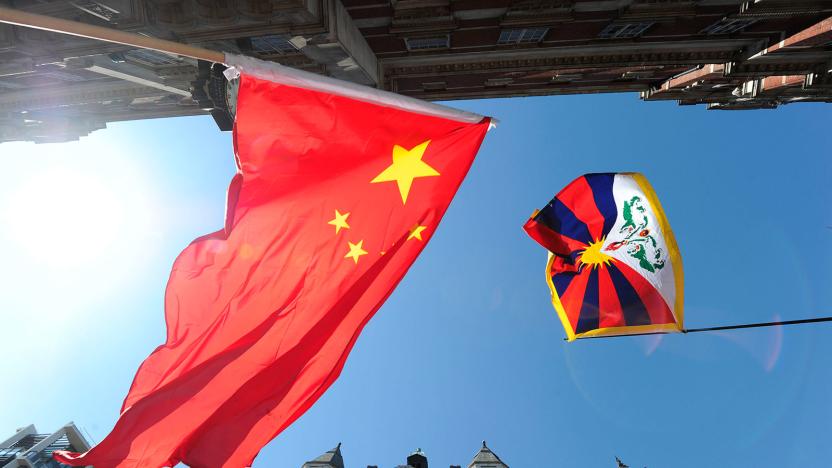voiceoftibet
Latest

The high-tech war on Tibetan communication
Each year, March 10th in Tibet brings more police onto the streets, closer online censorship of terms like "Free Tibet" and "Dalai Lama" and a spate of cyberattacks. "Every March 10th, almost all major Tibetan organizations in Dharamsala are targeted with Distributed Denial of Service and other cyber attacks," said Tenzin Dalha, a researcher at the Tibet Policy Institute, part of the Central Tibetan Administration. Four years ago, that happened to the Voice of Tibet (VOT), a nonprofit media outlet run out of the Indian hill town of Dharamsala, bringing its website down for several days. The reason for the crackdown is that the date commemorates March 10th, 1959. On that day, rumors spread in the Tibetan capital Lhasa about the impending arrest of Tibet's spiritual leader, the Dalai Lama, by the Chinese, who had invaded the territory in 1950. Tibetans rallied to support their spiritual leader and the mass protests led to a violent crackdown. The Dalai Lama and his entourage escaped to India, where he and the Tibetan government-in-exile remain. When VOT started in 1996, it was one of the few channels of communication between Tibetans and their government-in-exile across the border, as all newspapers, television and other print materials were heavily censored. Using shortwave radio, it transmitted its news service across the border into Chinese-occupied Tibet, both in Tibetan and Mandarin Chinese.
